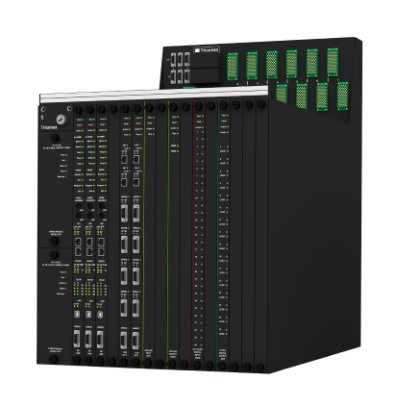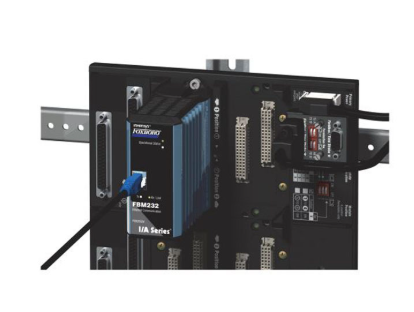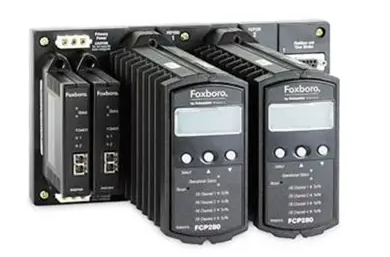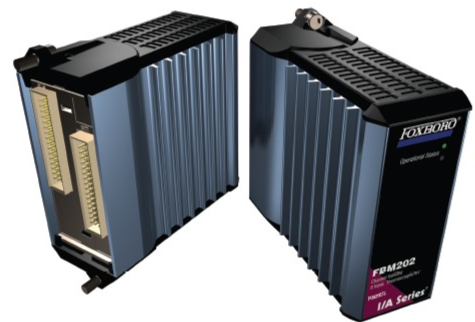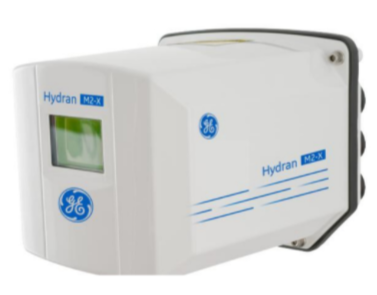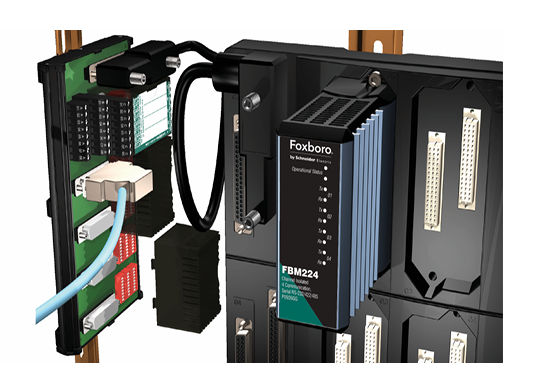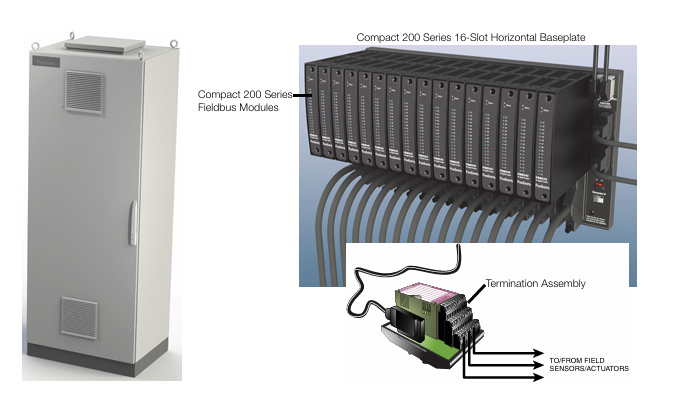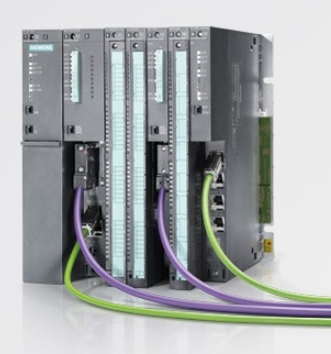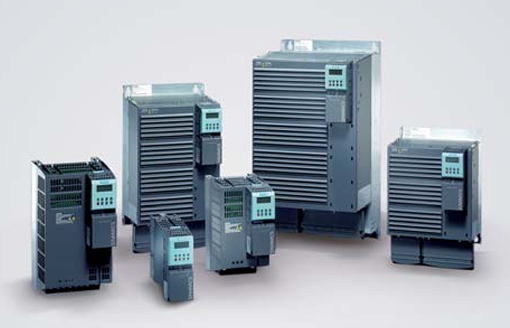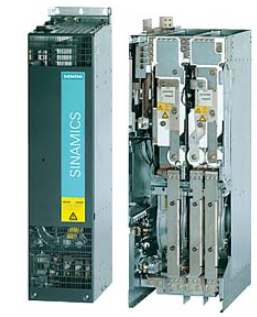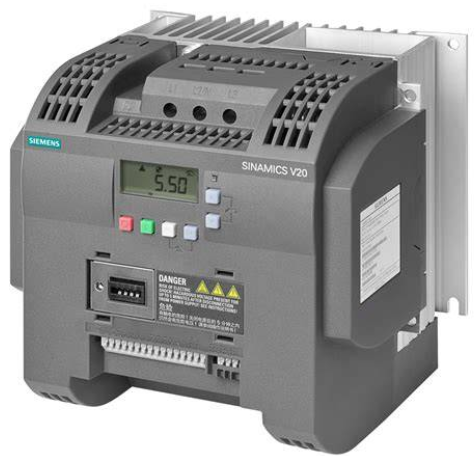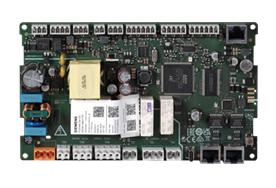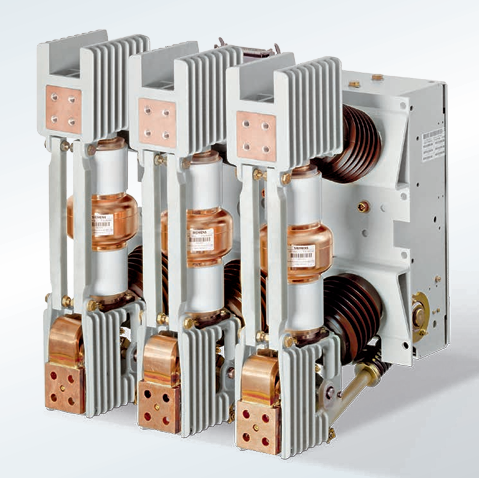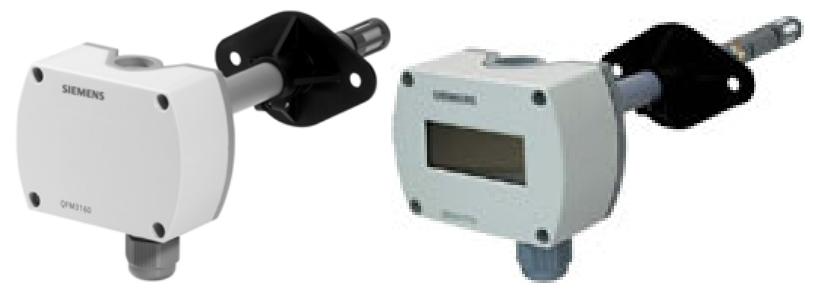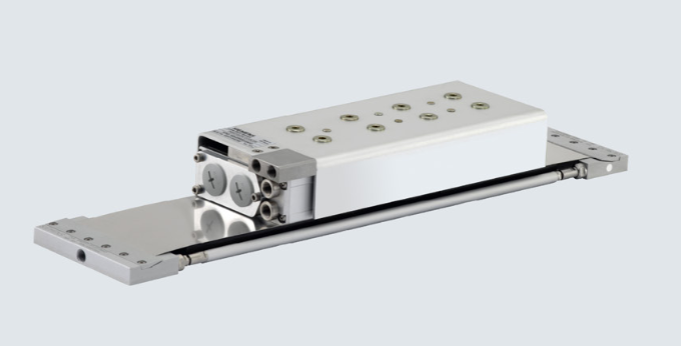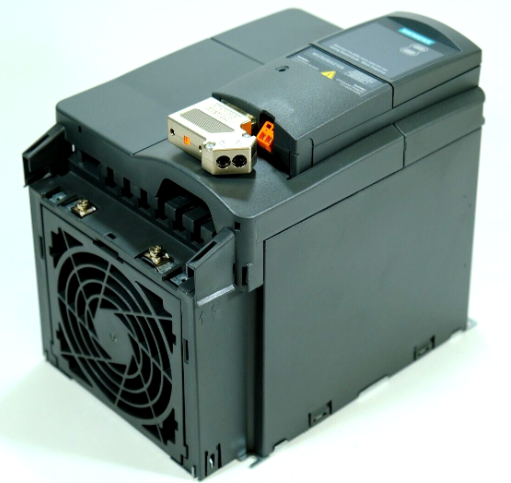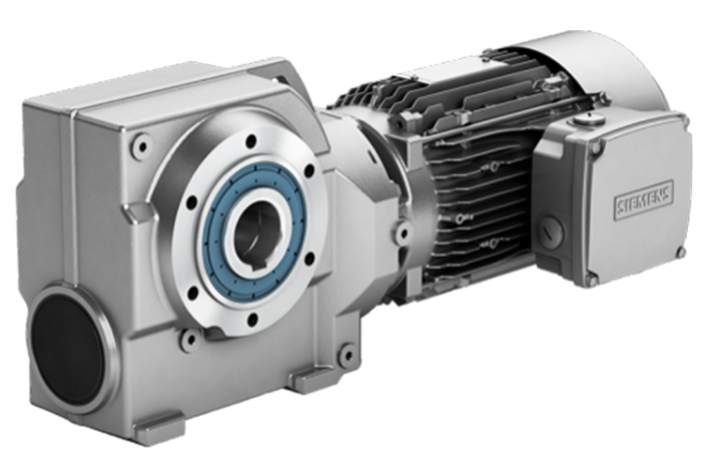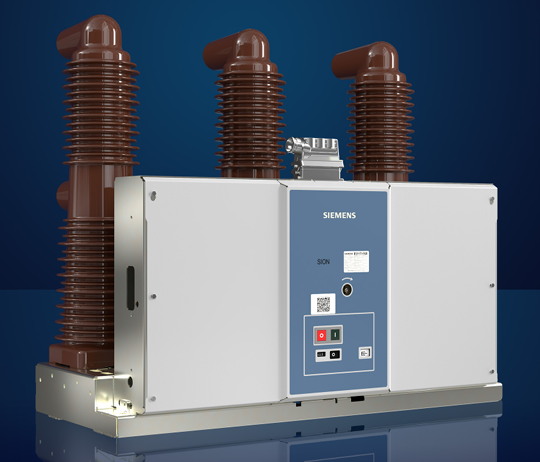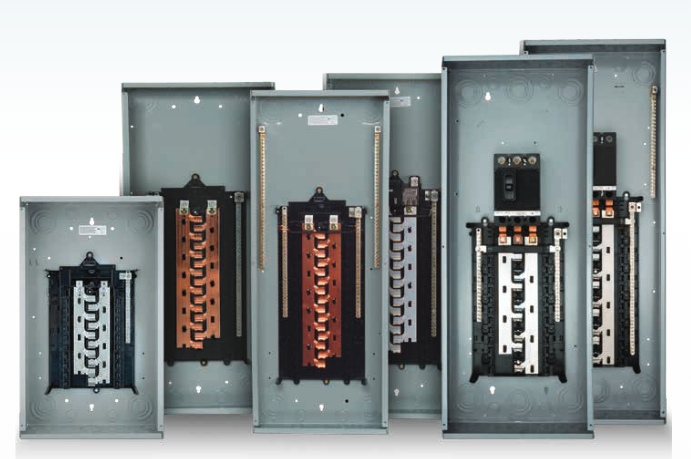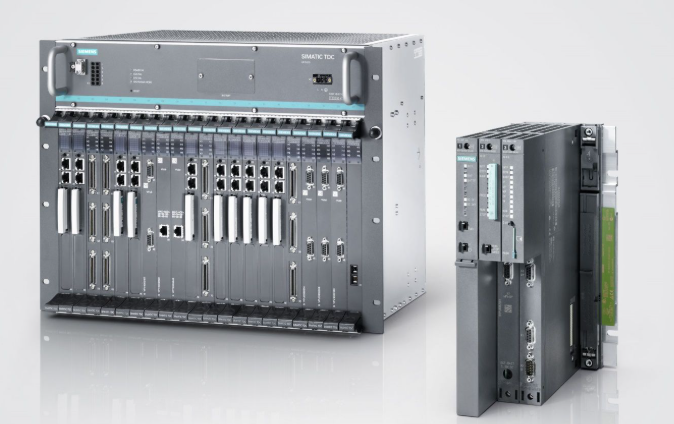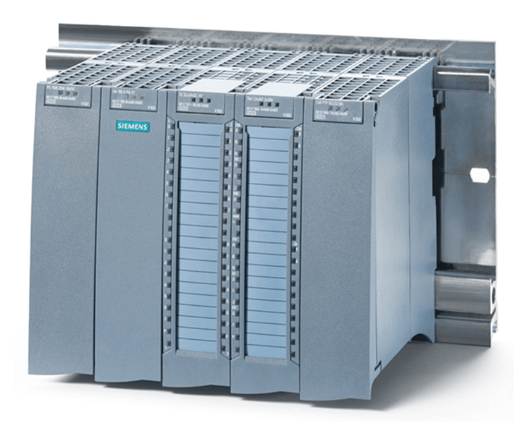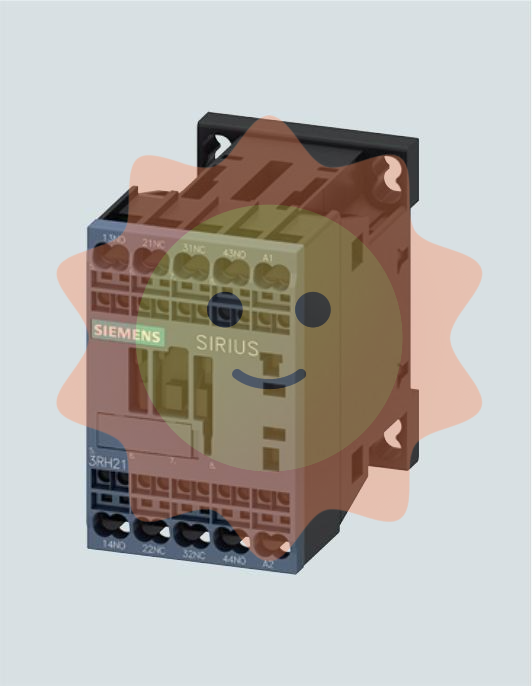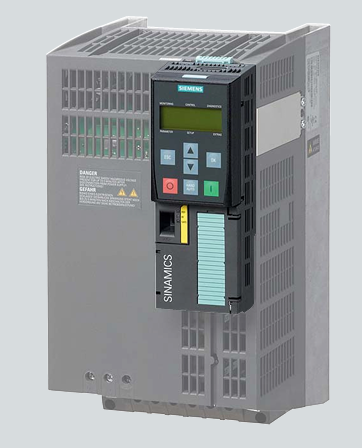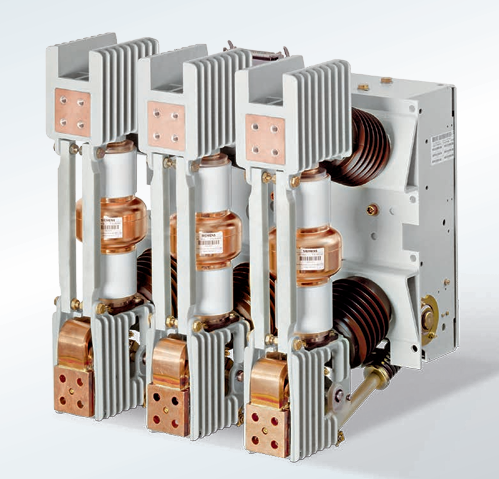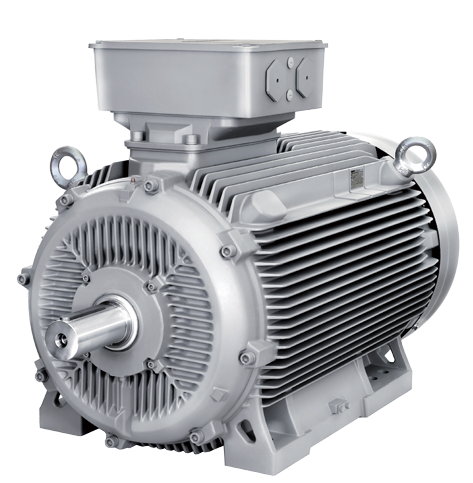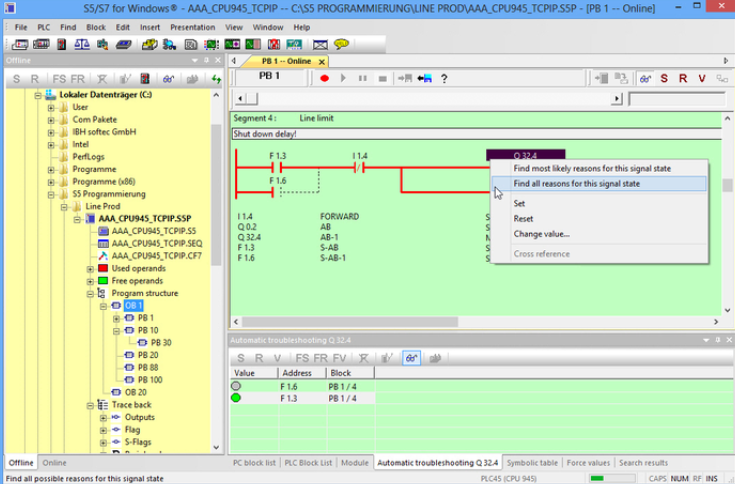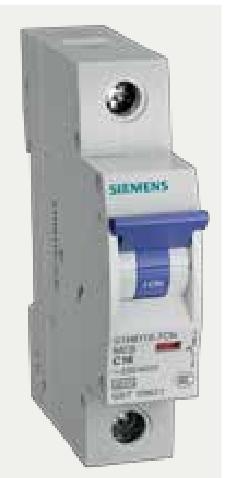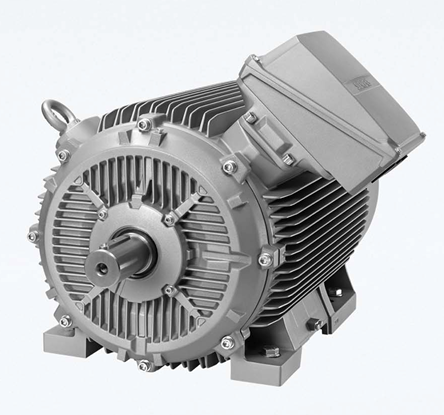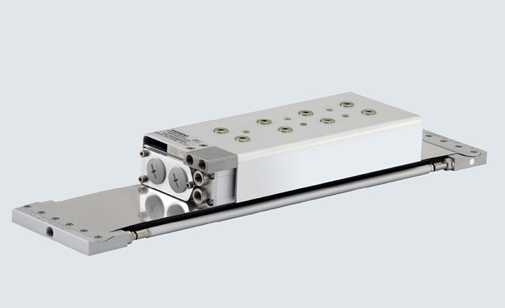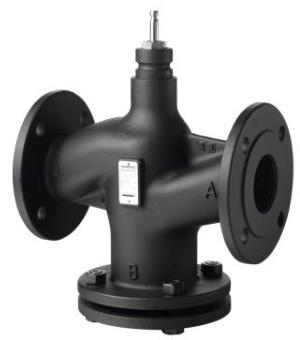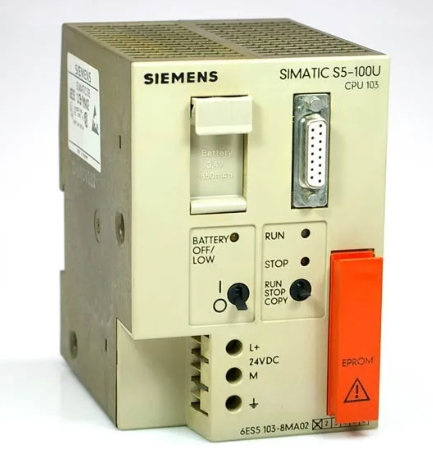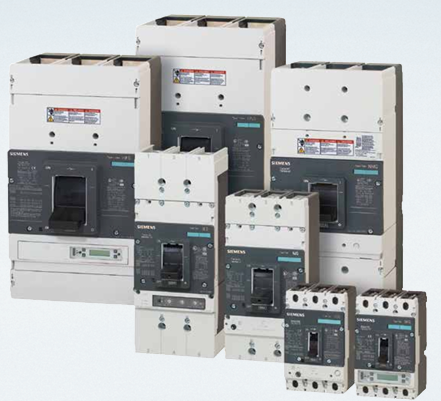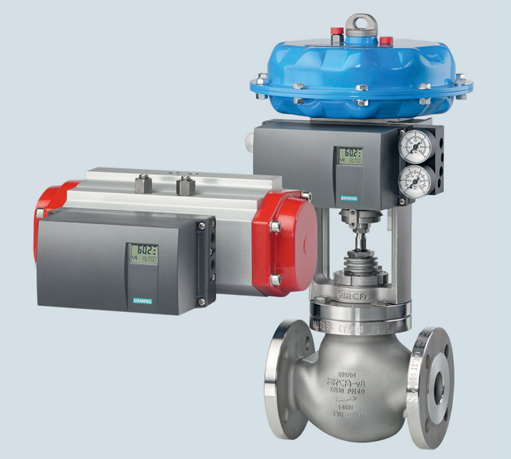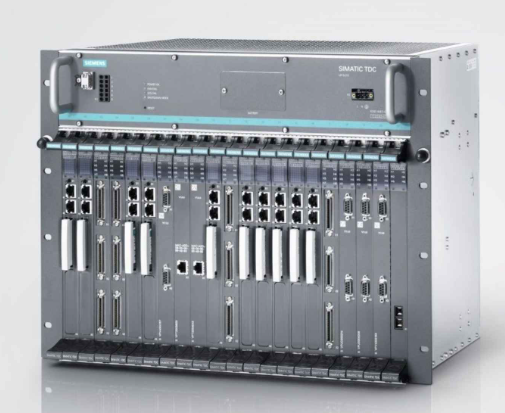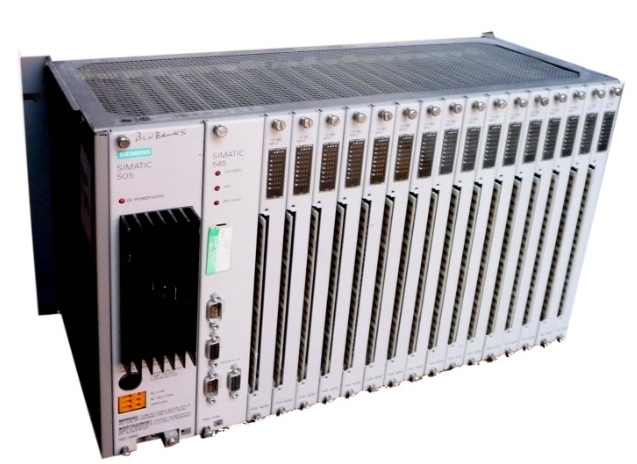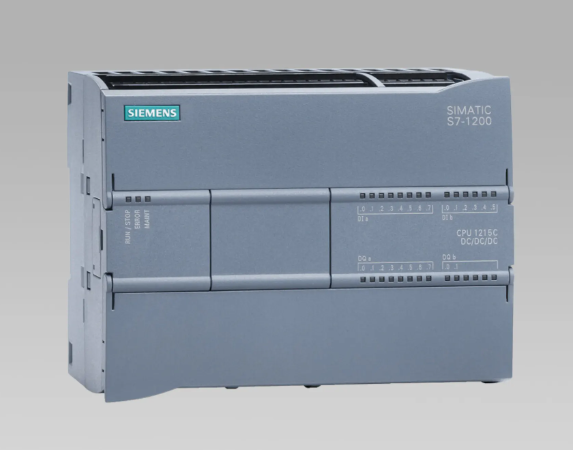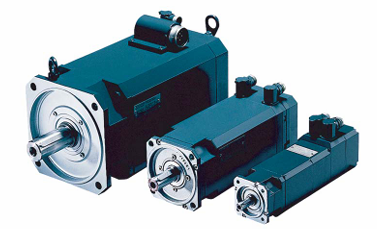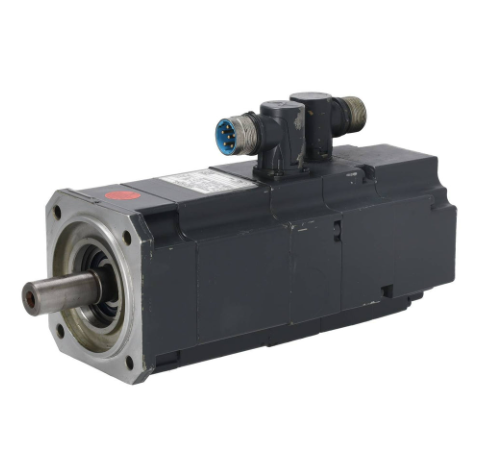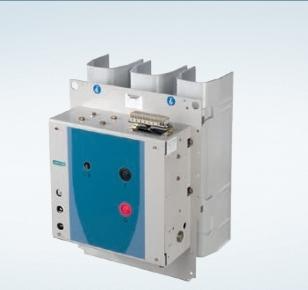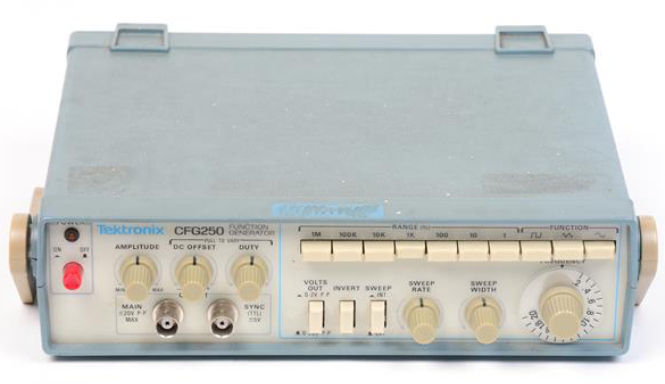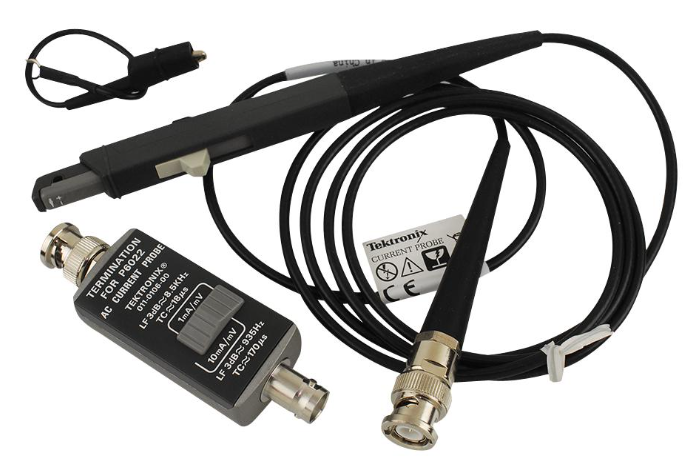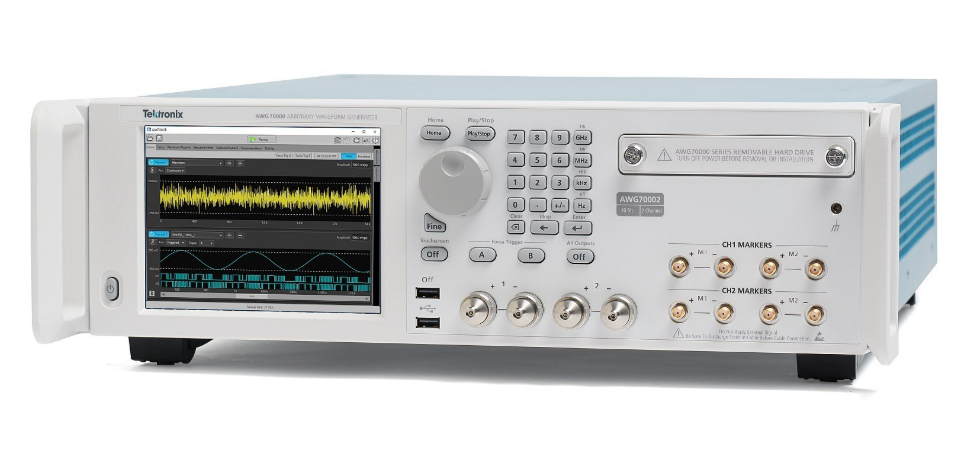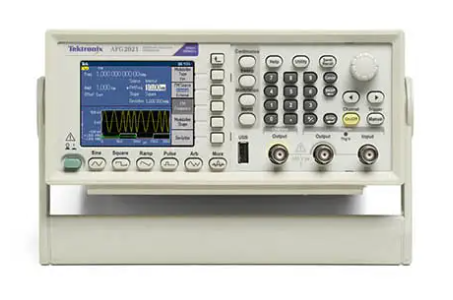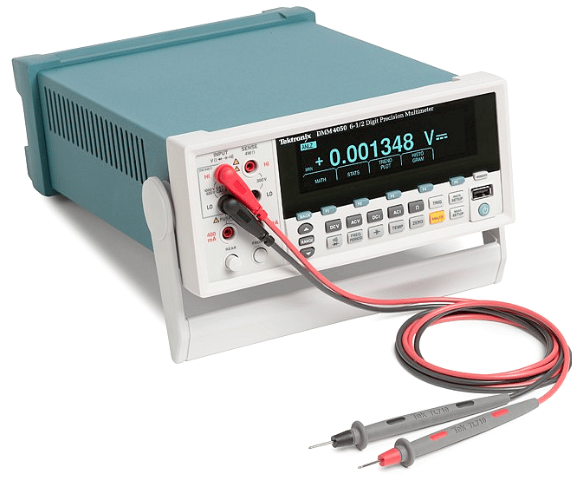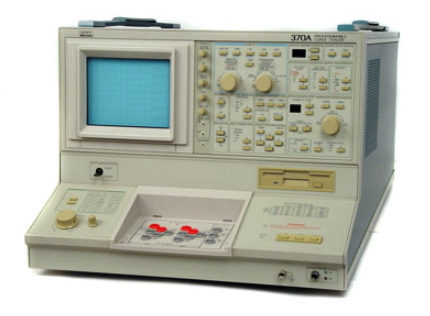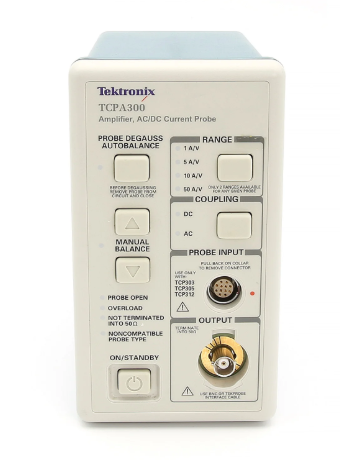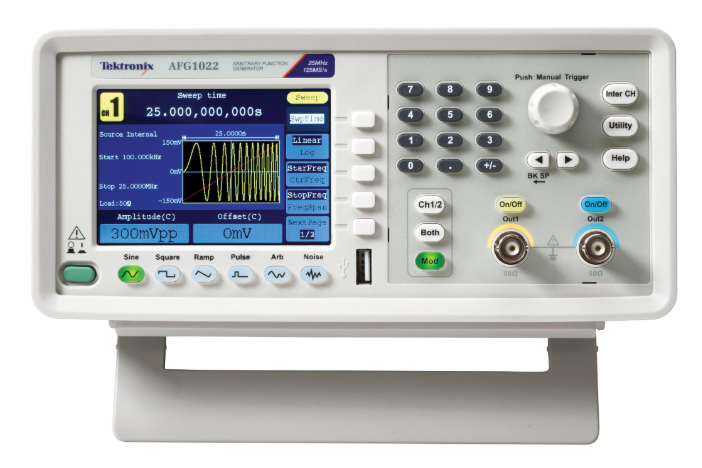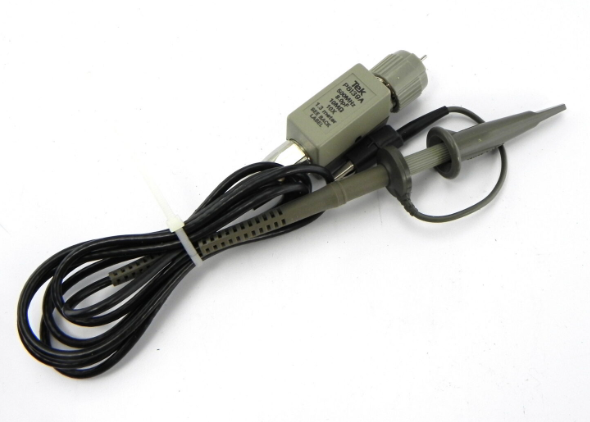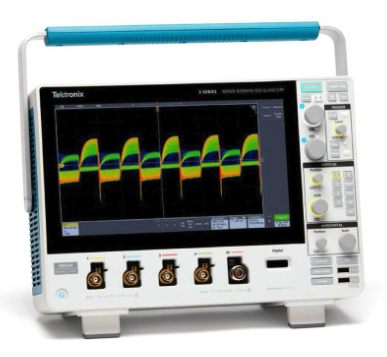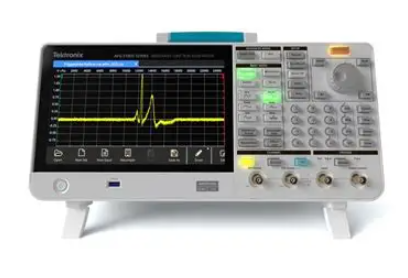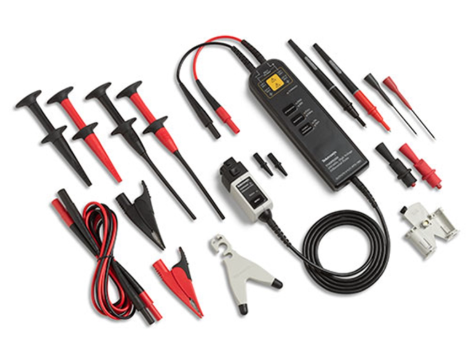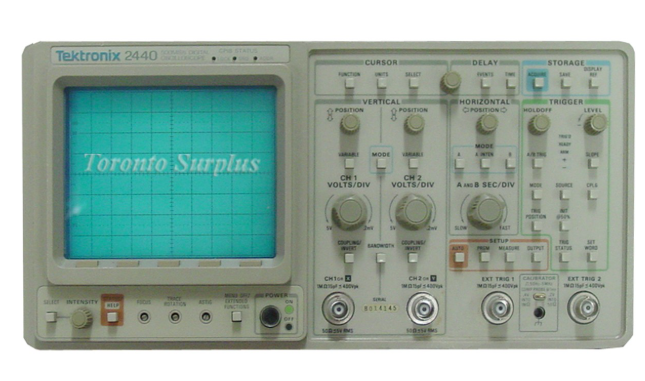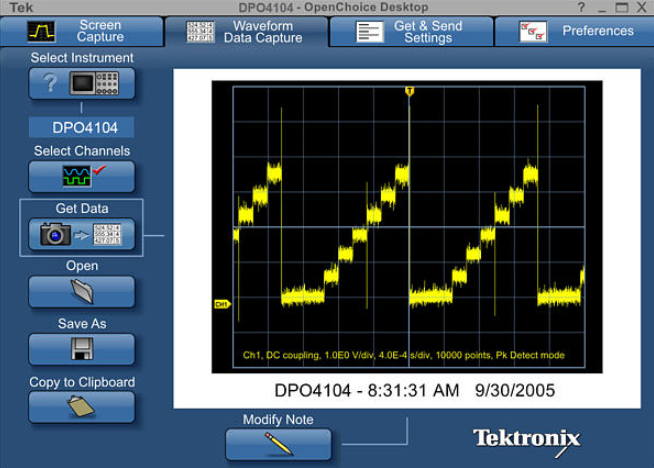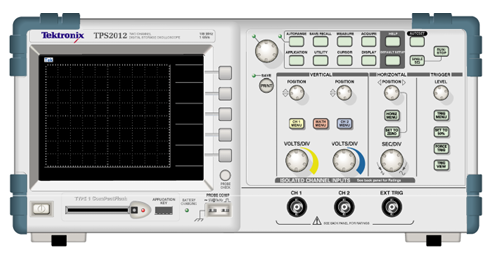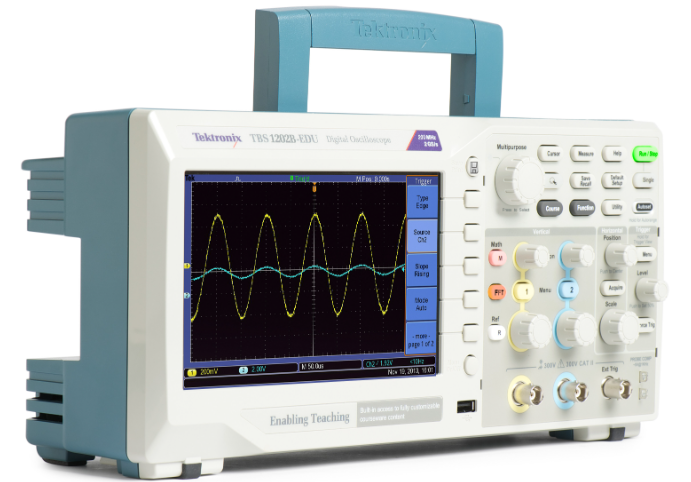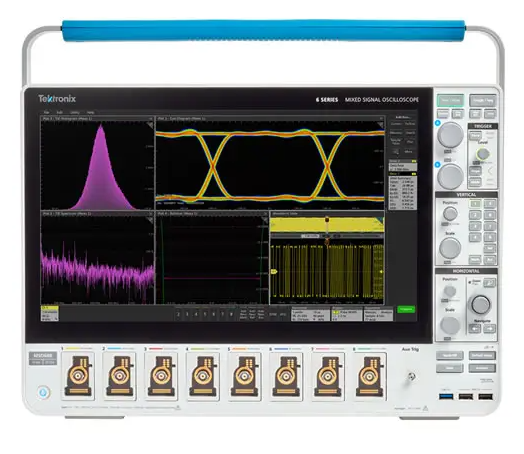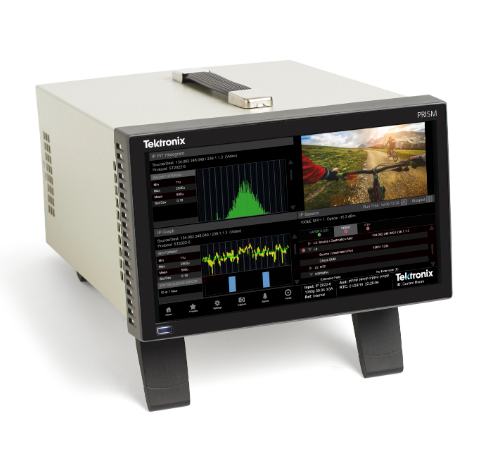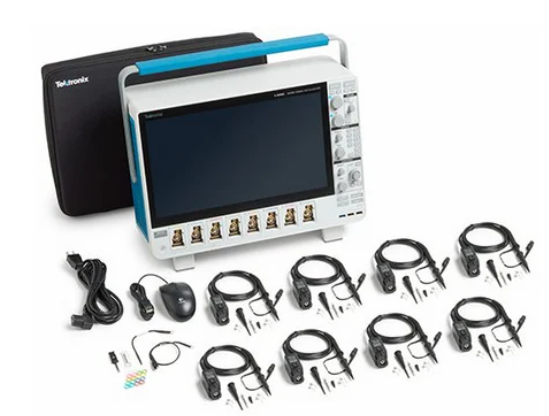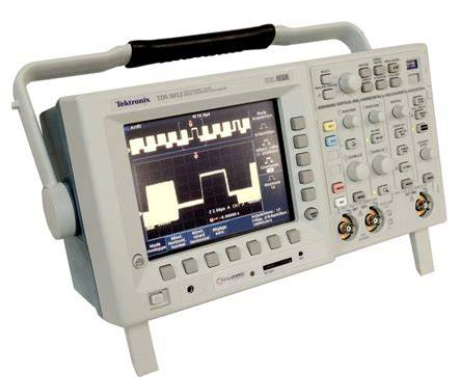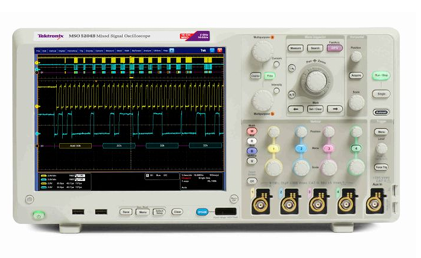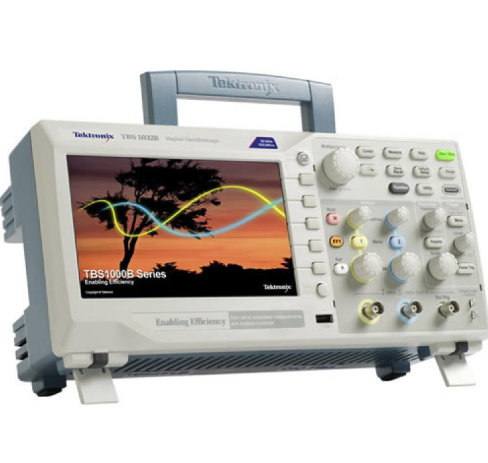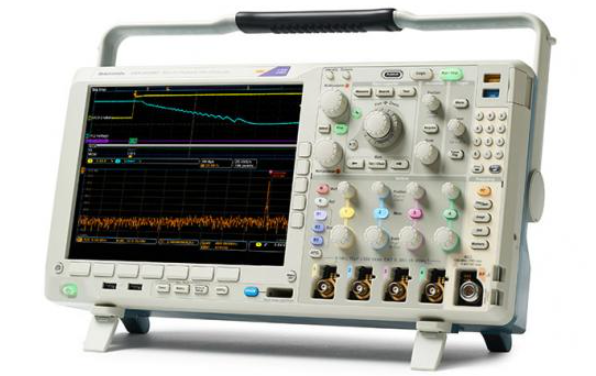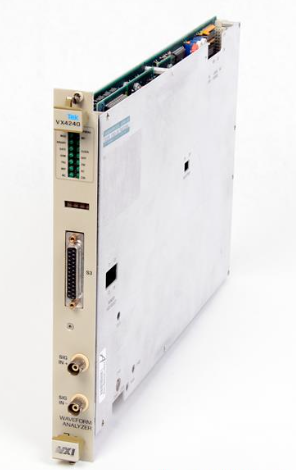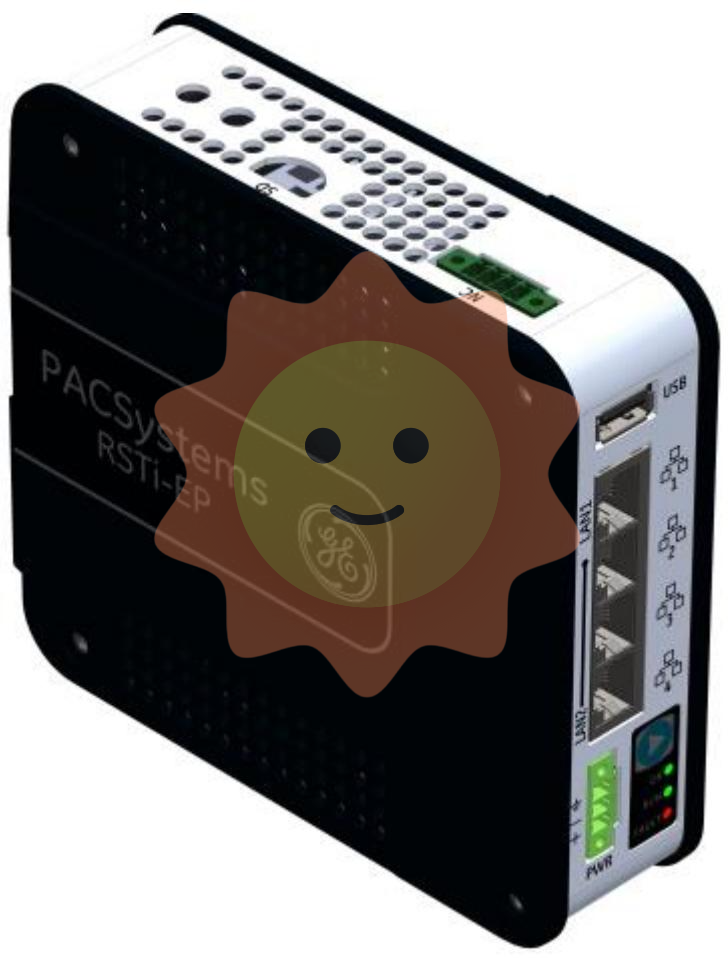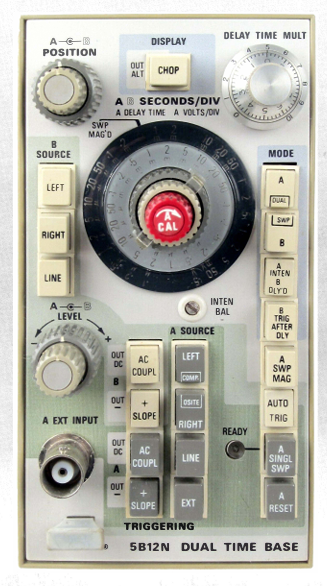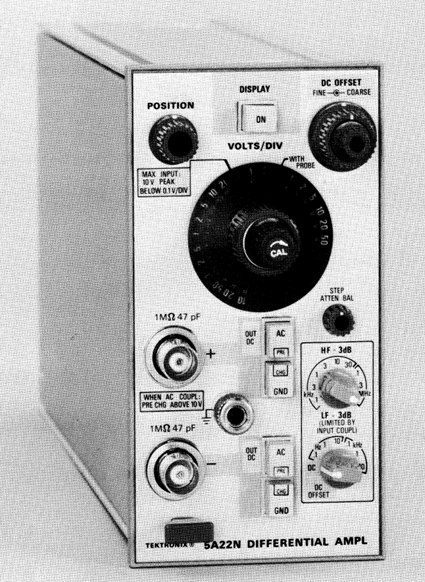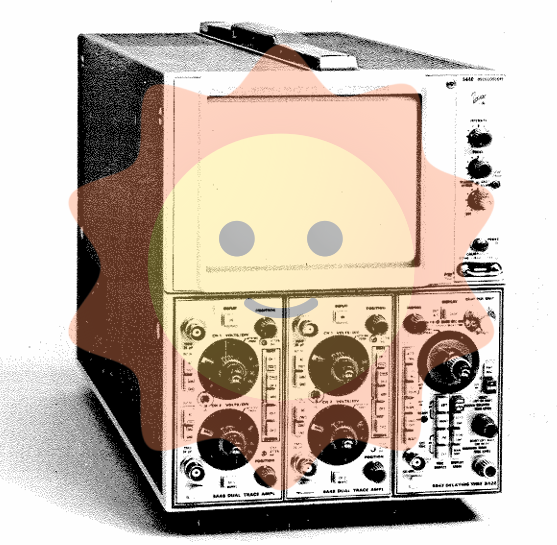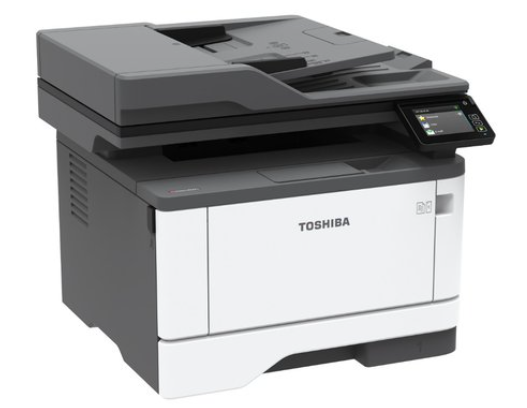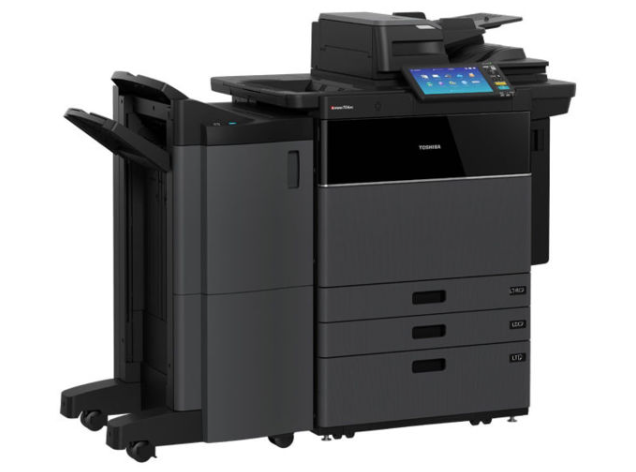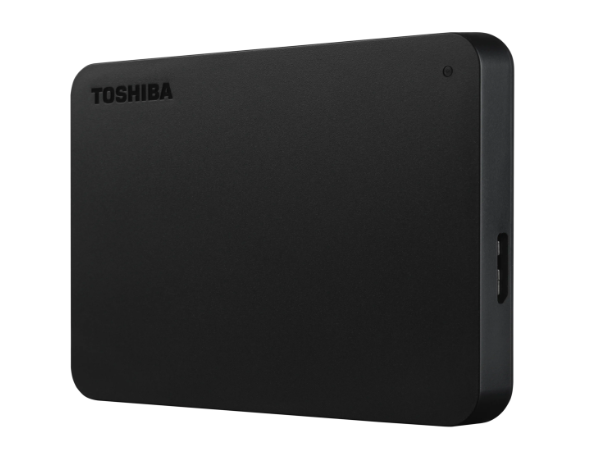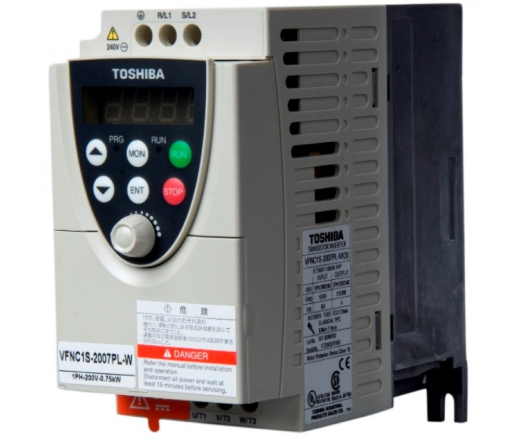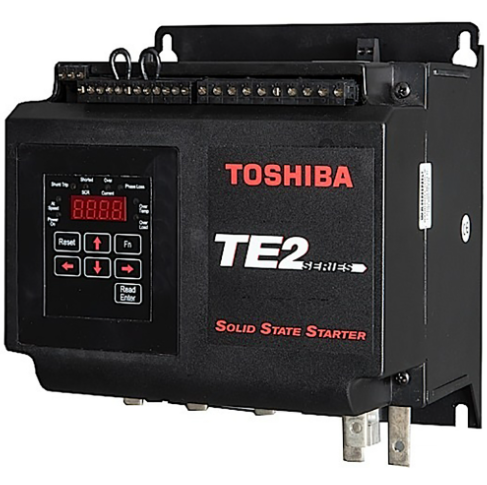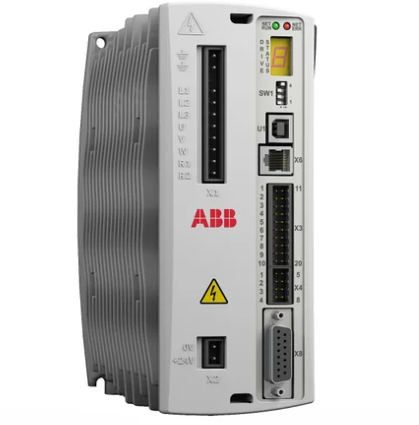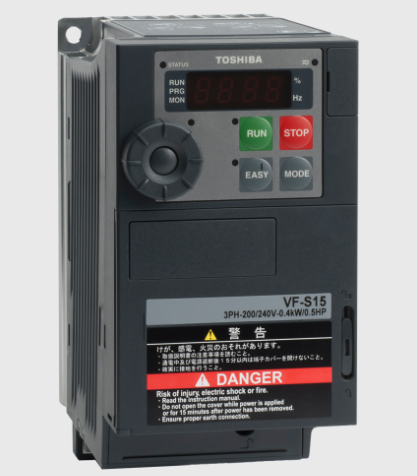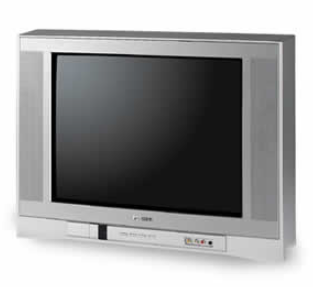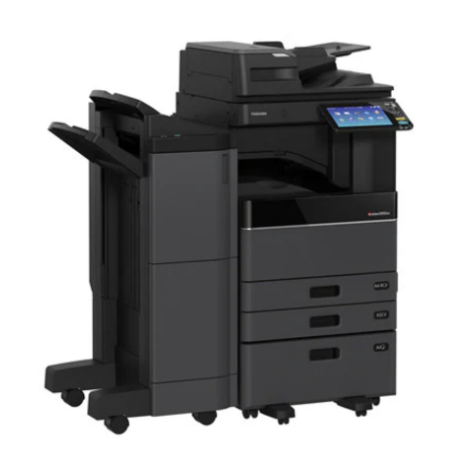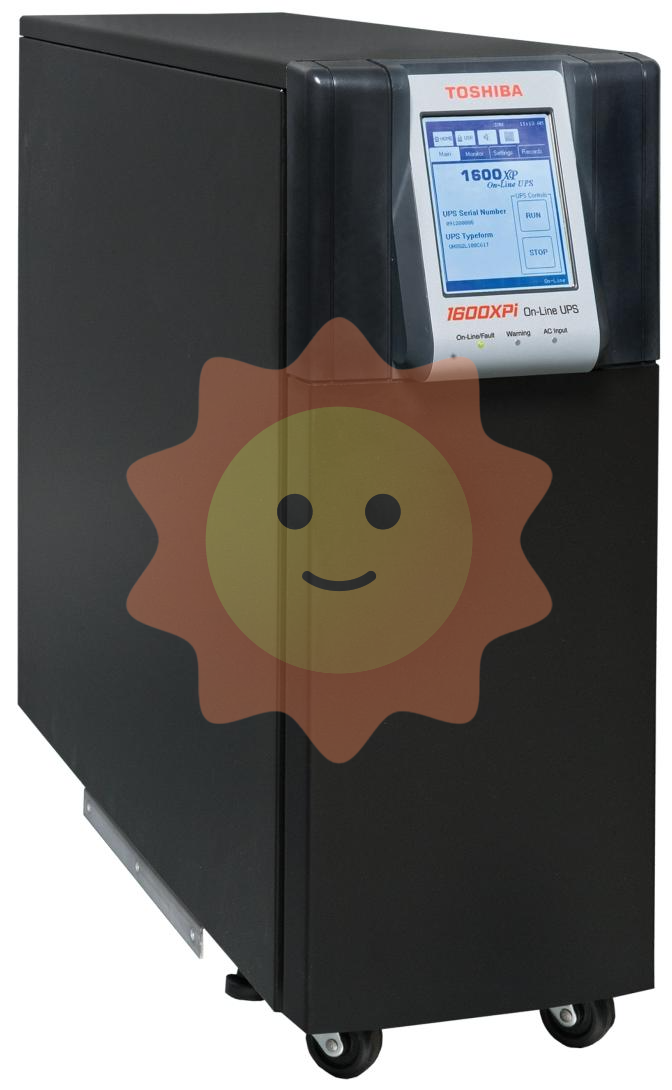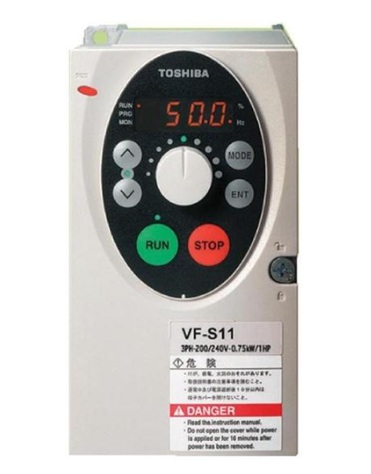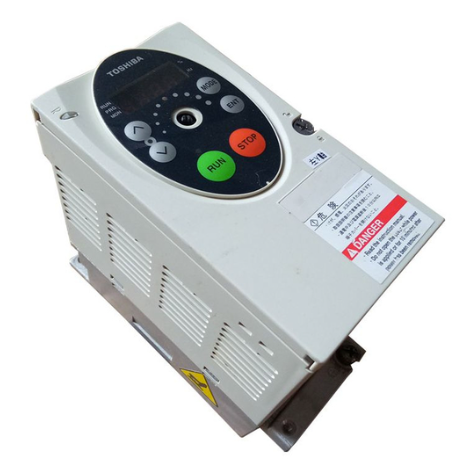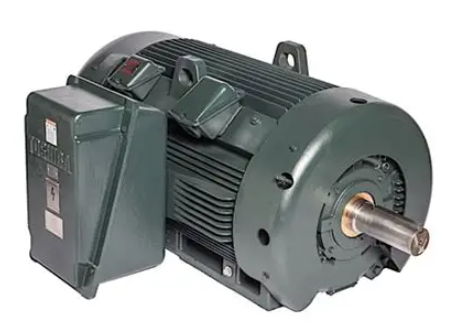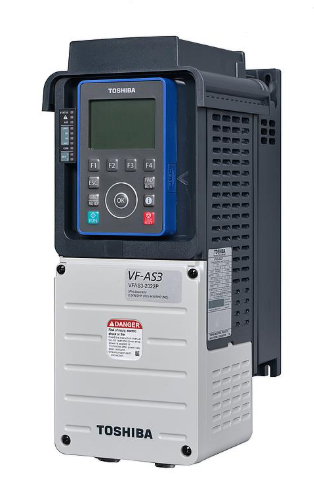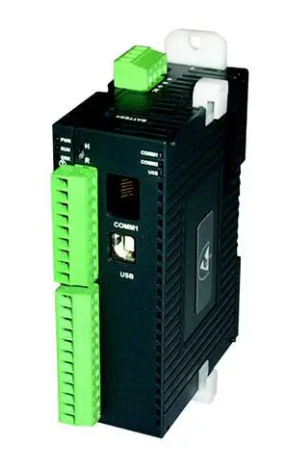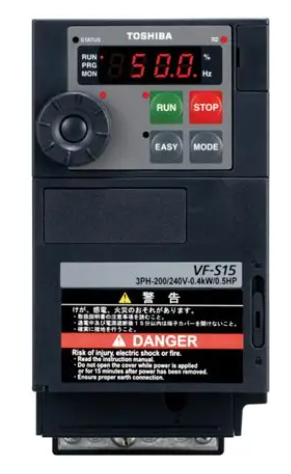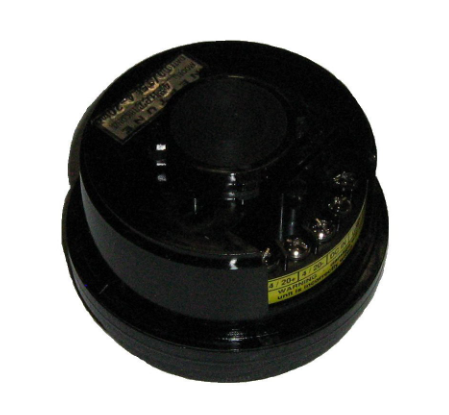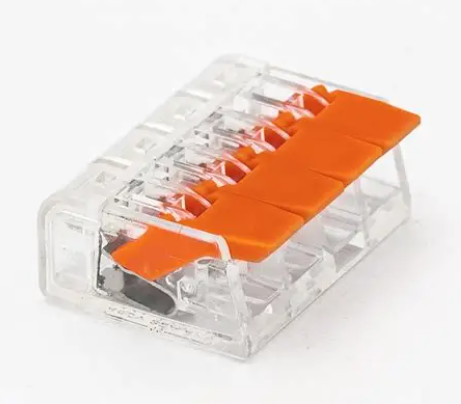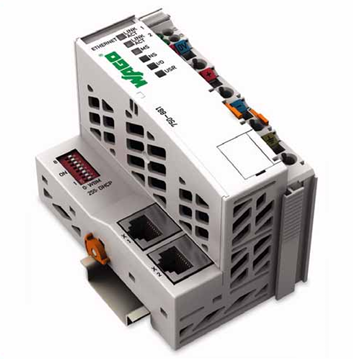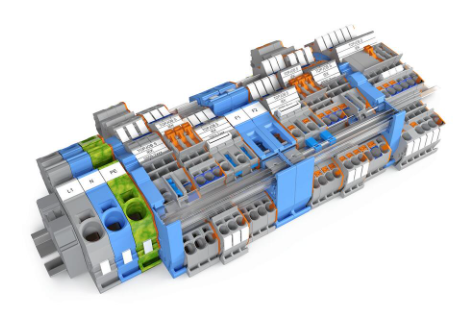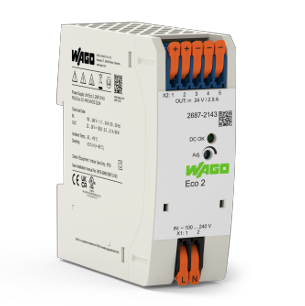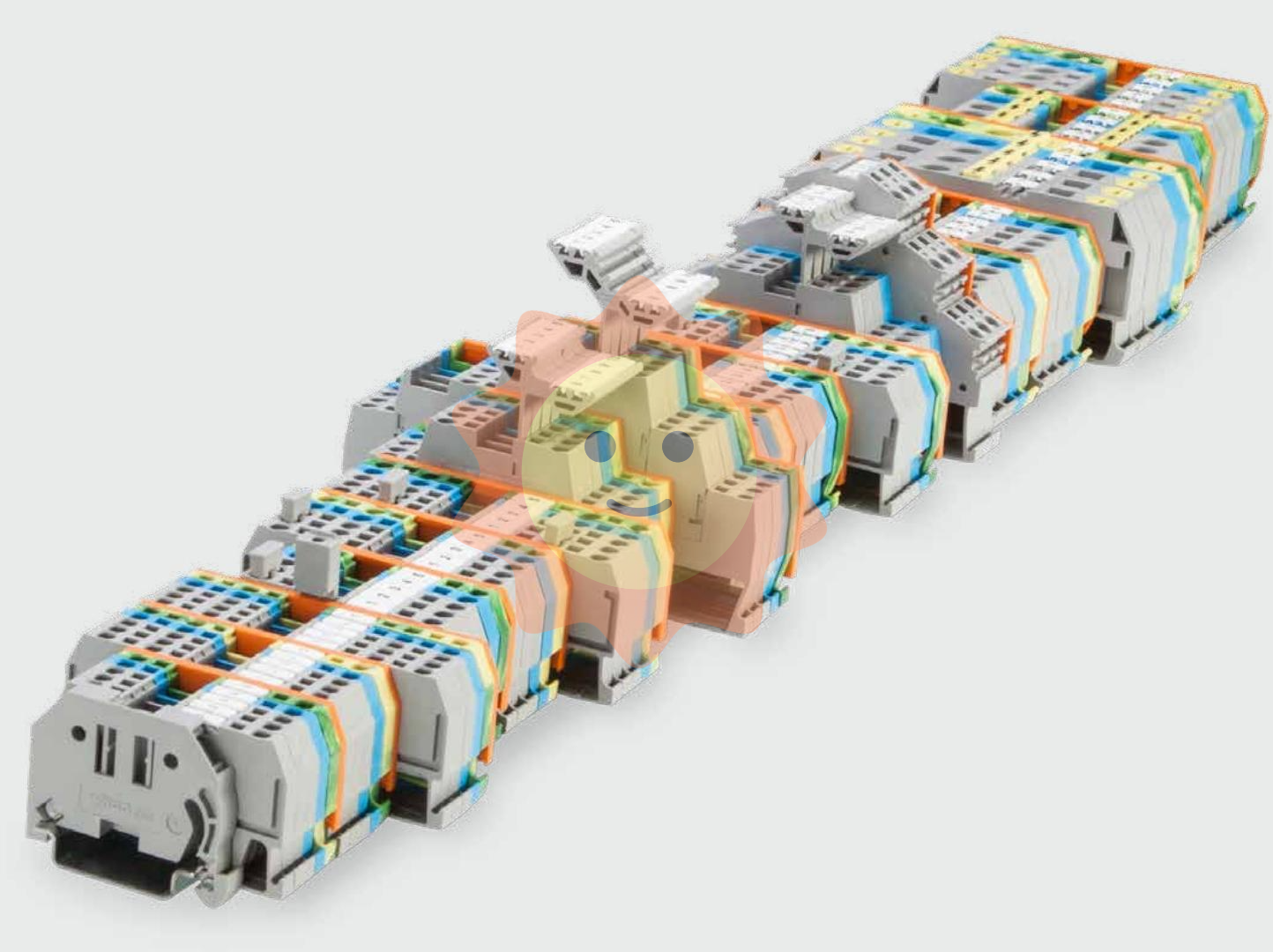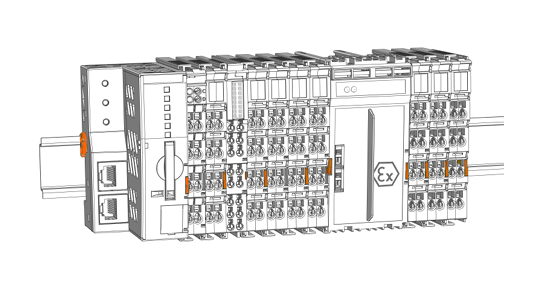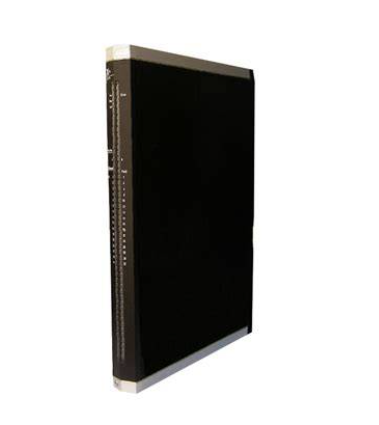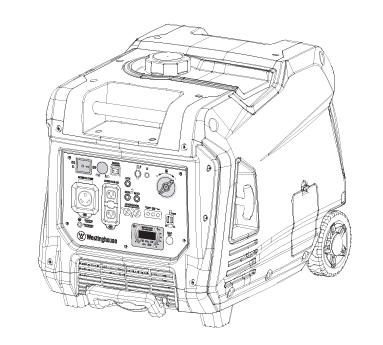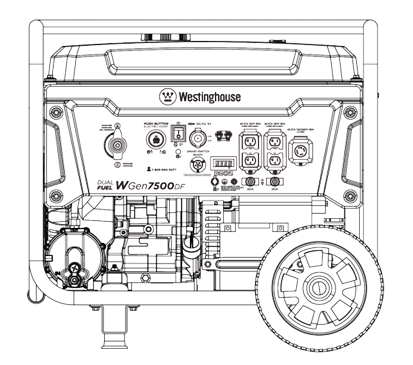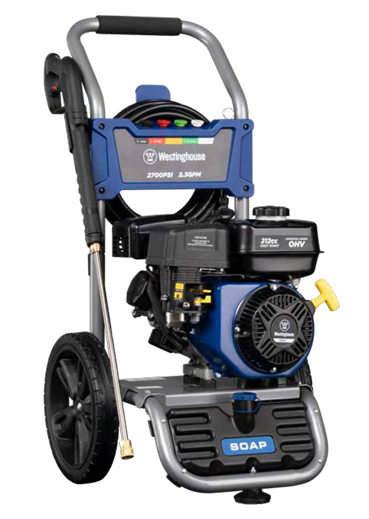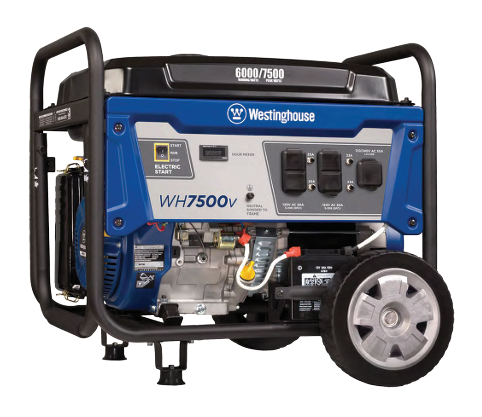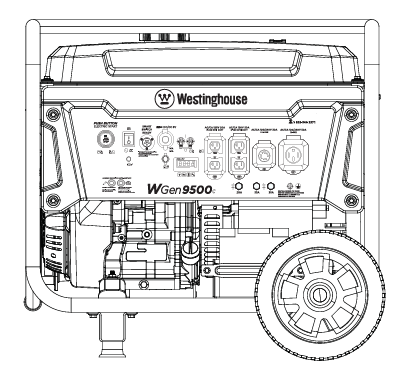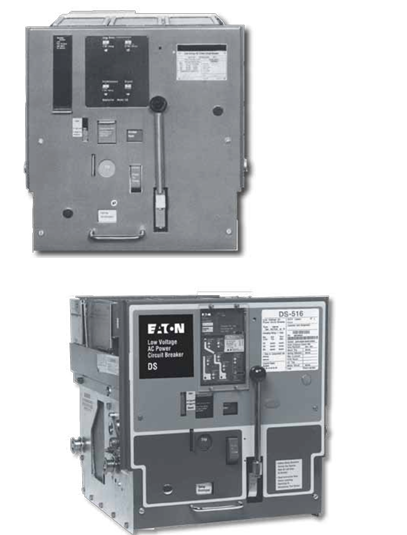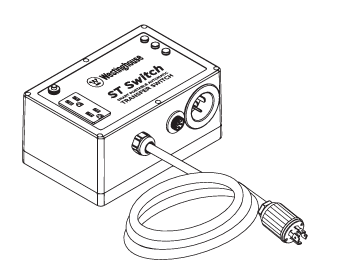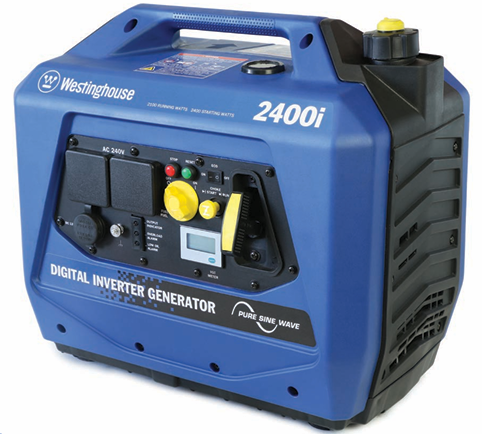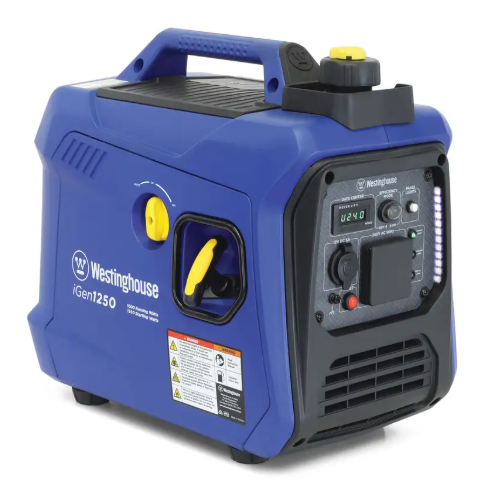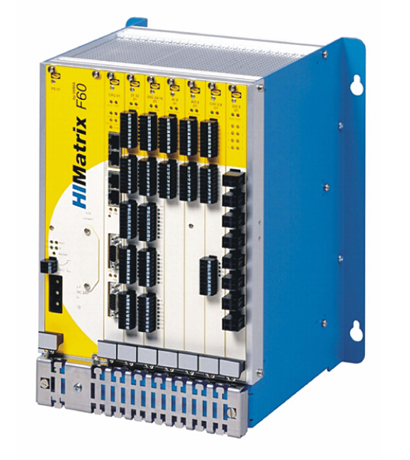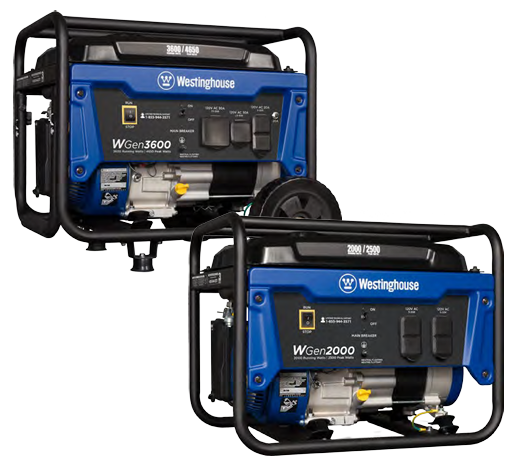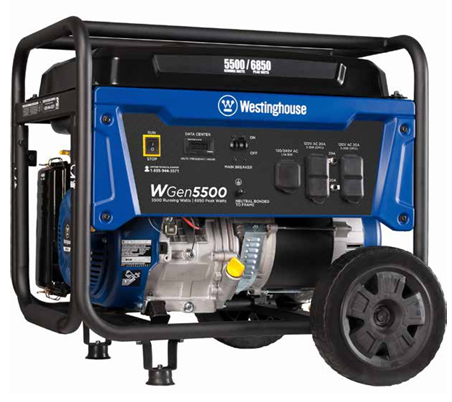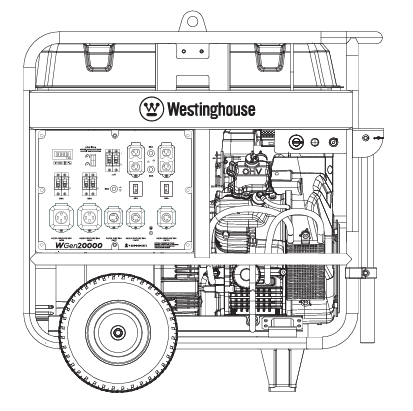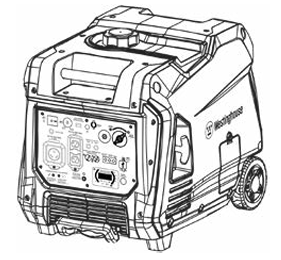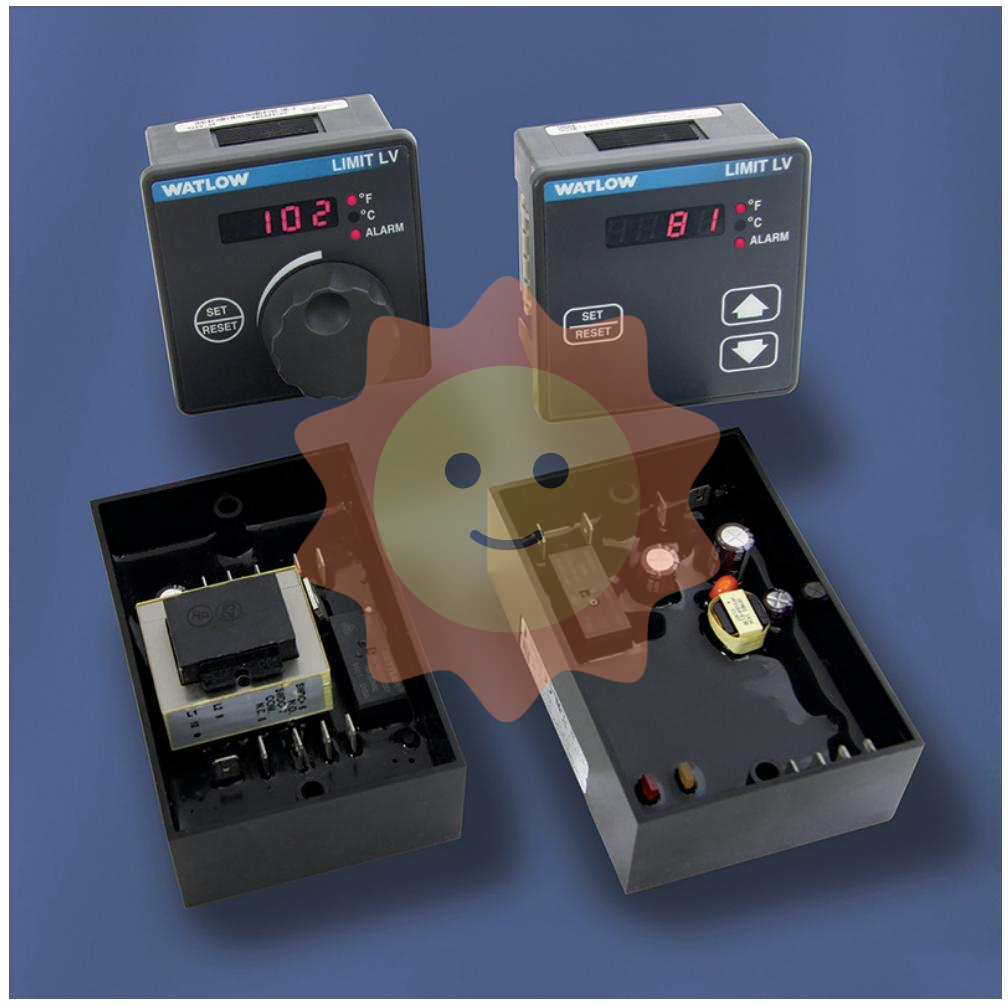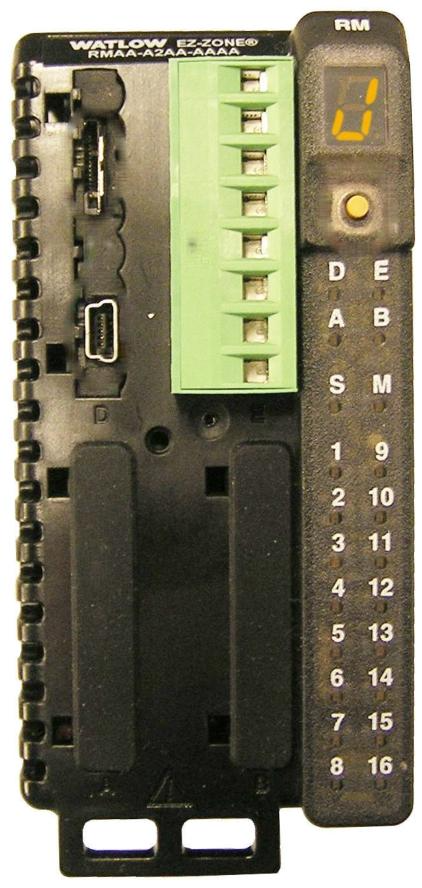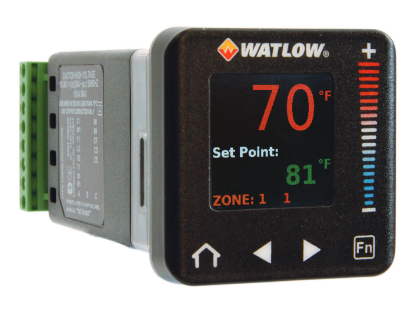ABB 3HNA025019-001 APIP-05A Sprayed IO boards
ABB 3HNA025019-001 APIP-05A Sprayed IO boards
Overview
The ABB 3HNA025019 - 001 APIP - 05A Sprayed IO (Input/Output) Boards are an important part of ABB's automation and control systems. These boards are designed to handle the input and output of digital and analog signals in a reliable and efficient manner.
Functionality and Features
Input Signal Handling
The IO boards can receive a variety of input signals. For digital inputs, they can detect binary signals such as the on/off state of switches, proximity sensors, or digital output signals from other devices. The boards are designed to handle different voltage levels and signal types, ensuring accurate detection of the digital state. For analog inputs, they can accept signals such as voltage or current values from sensors like temperature sensors (e.g., a thermocouple providing a voltage proportional to the temperature) or pressure sensors (e.g., a current - output pressure sensor).
Output Signal Generation
On the output side, the APIP - 05A boards can generate both digital and analog output signals. Digital output signals can be used to control devices such as relays, indicator lights, or digital actuators. The boards can provide the appropriate voltage and current levels to drive these devices. Analog output signals are useful for controlling equipment that requires a variable - voltage or - current input, such as variable - speed drives or analog - controlled valves. The output signals are generated with a high degree of accuracy and stability to ensure proper control of the connected devices.
Signal Conditioning and Processing
The boards perform signal conditioning functions. For input signals, this may include amplification, filtering, and level - shifting. Amplification is important when the input signals are weak, such as low - voltage sensor outputs. Filtering helps to remove electrical noise and interference that could affect the accuracy of the signal. Level - shifting is used when the input signal voltage level does not match the internal operating voltage of the board. On the output side, the boards ensure that the generated signals have the correct characteristics and are in the appropriate format for the connected devices.
Technical Specifications
Number of Input and Output Channels
The 3HNA025019 - 001 APIP - 05A boards typically have a specific number of input and output channels. The number of digital and analog input and output channels can vary depending on the design and application requirements. For example, it might have 8 digital input channels, 8 digital output channels, 4 analog input channels, and 2 analog output channels, allowing for a diverse range of signal connections.
Input and Output Signal Ranges
For digital inputs, the boards can handle voltage levels such as 5V, 12V, or 24V DC for detecting the digital state. For analog inputs, the voltage range could be from 0 - 10V or the current range from 4 - 20 mA, depending on the supported sensors. On the output side, digital output voltages might be in the range of 5V - 24V DC to drive external devices, and analog output signals can be in the range of 0 - 10V or 4 - 20 mA, depending on the control requirements.
Communication and Interfacing
These IO boards may support various communication interfaces to connect with other components of the control system. They could support protocols such as Profibus, Modbus, or Ethernet - based protocols for data transfer and configuration. The communication interfaces enable the boards to exchange data with Programmable Logic Controllers (PLCs), Human - Machine Interfaces (HMIs), and other automation devices.
Applications
Industrial Automation and Control
In a manufacturing plant, the APIP - 05A sprayed IO boards can be used to interface with a wide range of equipment. They can receive input signals from sensors that monitor the status of machines such as the position of robotic arms (using proximity sensors), the temperature of industrial ovens (using temperature sensors), or the flow rate of fluids in a production process (using flow sensors). The output signals can be used to control actuators like motors, solenoids, and valves to adjust the operation of the machines and processes.
Process Control Systems
In chemical and petrochemical plants, the boards are used to handle the input and output signals related to process variables. They can receive signals about the pressure, temperature, and level of chemicals in reactors and storage tanks and send output signals to control pumps, valves, and other process - control equipment to maintain the desired process conditions.
Automated Packaging and Material - Handling
In a packaging plant, the IO boards can interface with sensors that detect the presence and position of products on a conveyor belt and send signals to control the movement of the conveyor, the operation of packaging machines, and the sorting of products.

- User name Member Level Quantity Specification Purchase Date
- Satisfaction :
-









Email:wang@kongjiangauto.com

